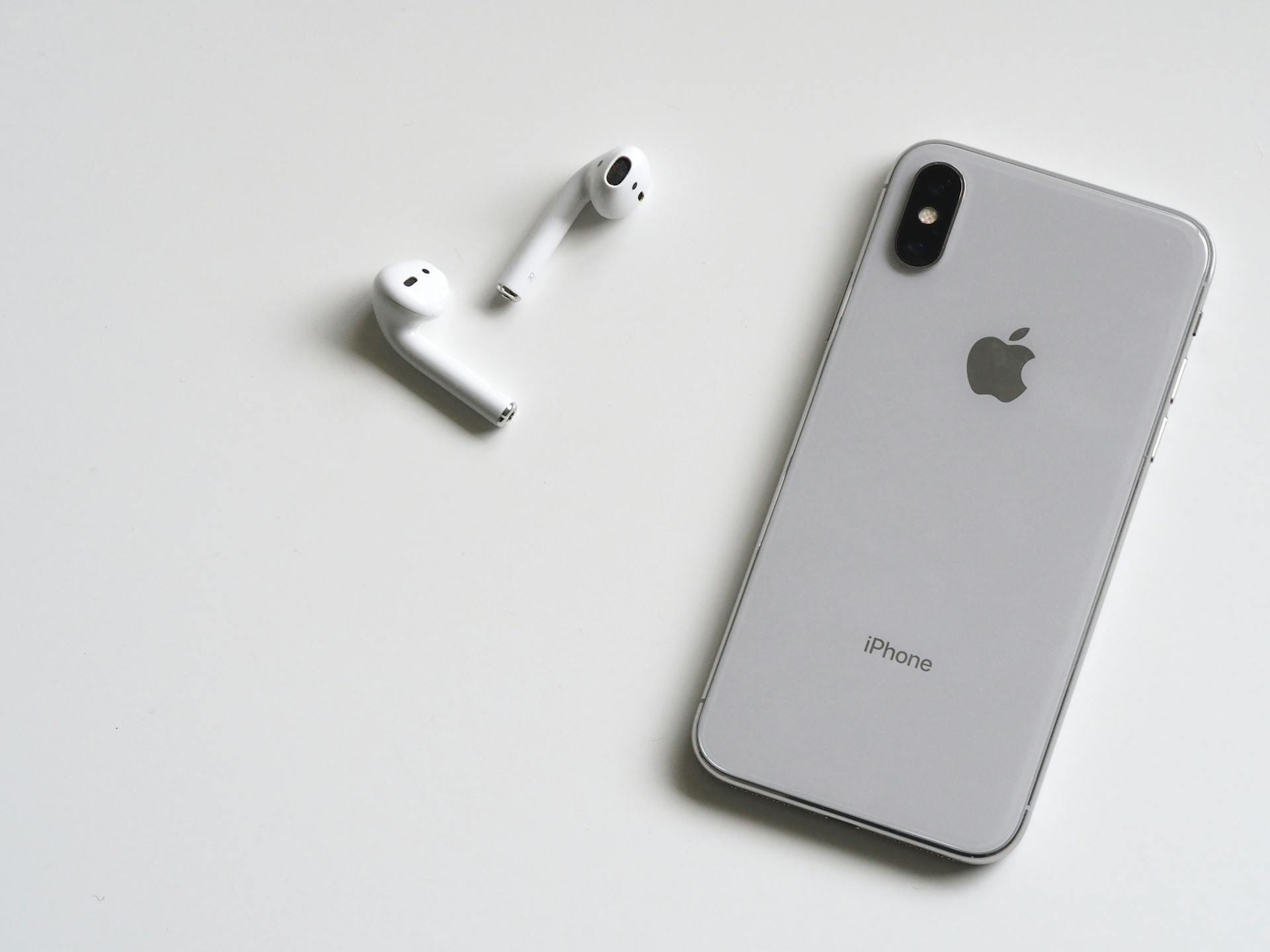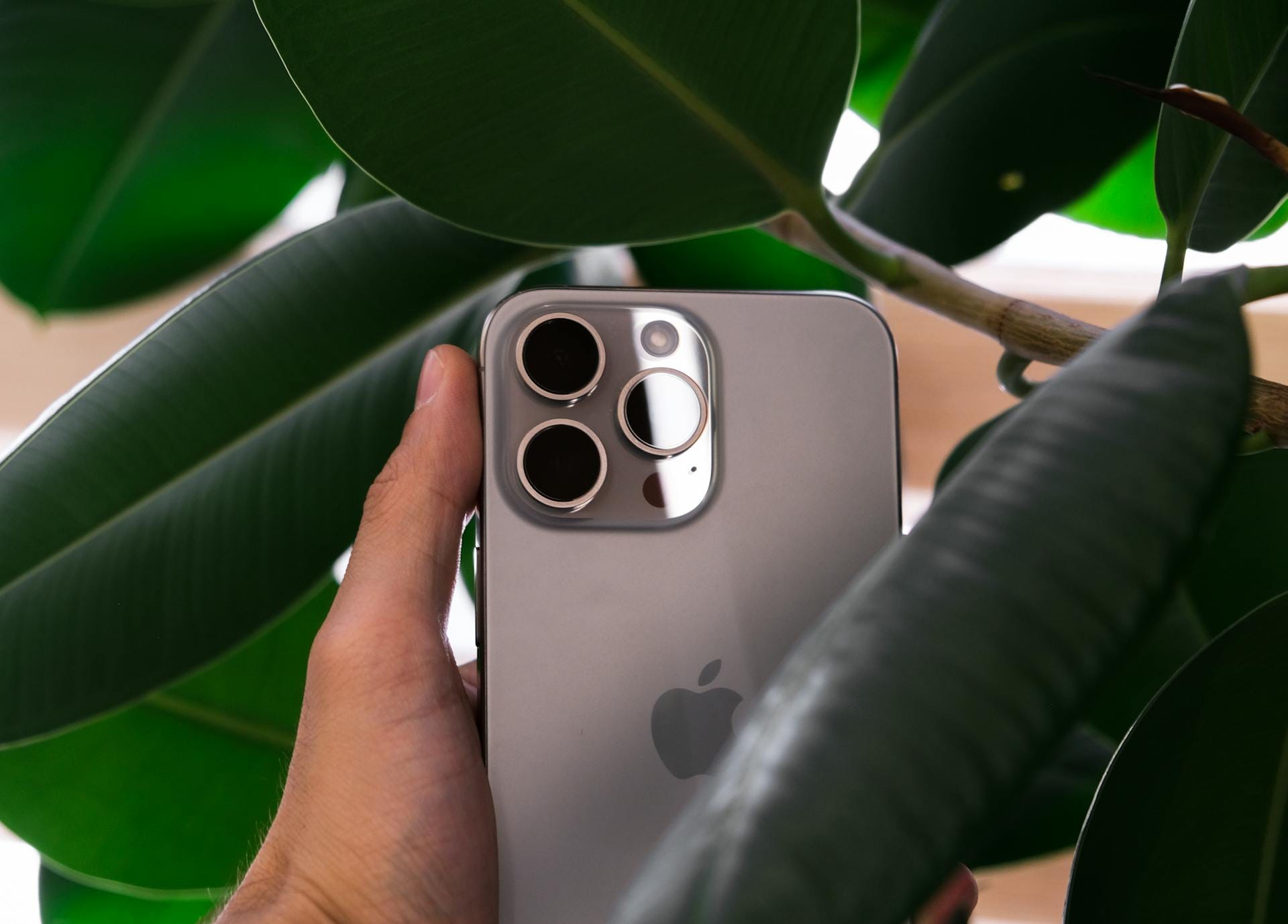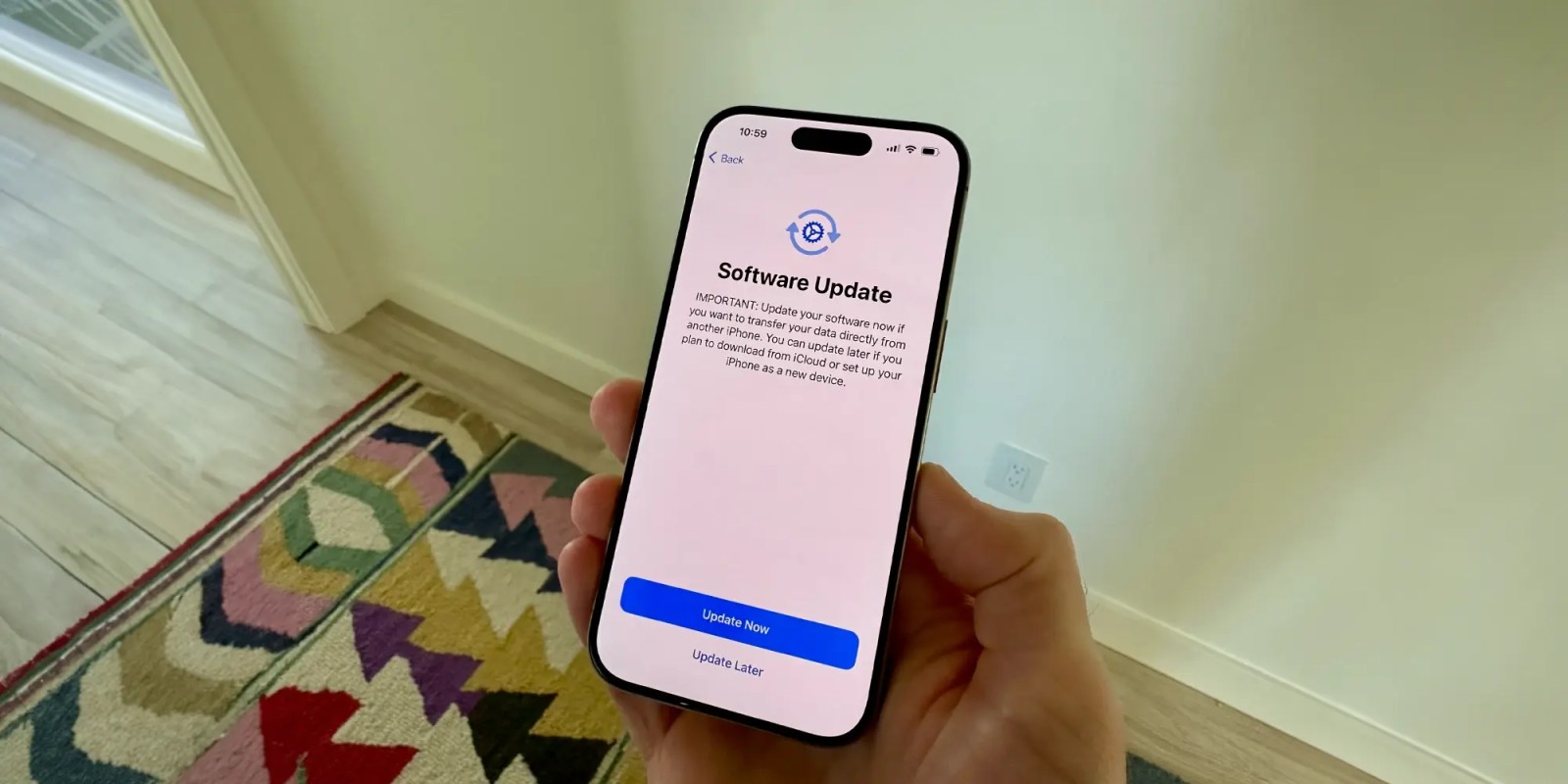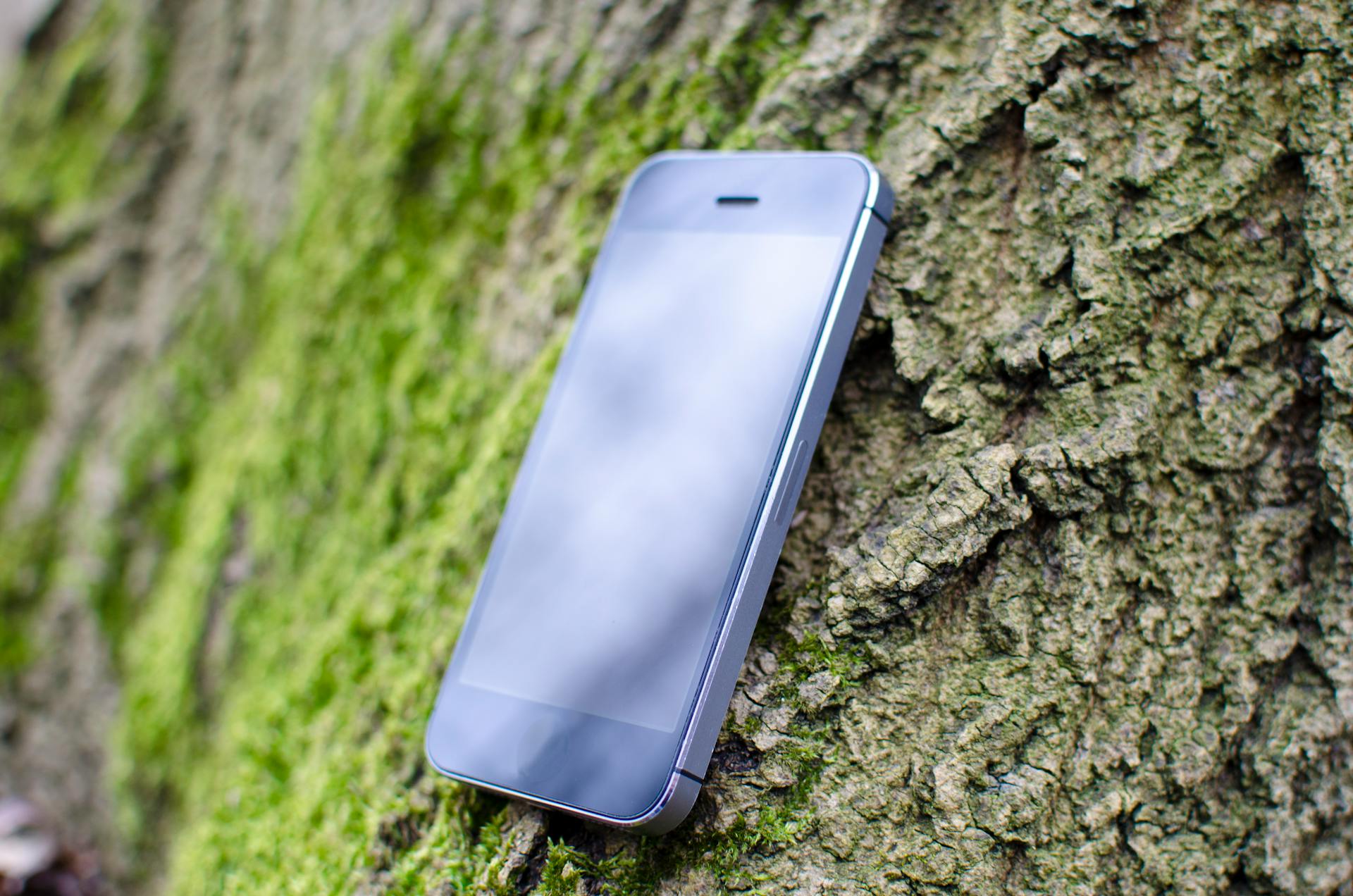Apple's marketing materials often emphasise their commitment to product longevity, claiming their devices are built to last.
Earlier this week, Apple unveiled a whitepaper titled "Longevity by Design."
Apple claims it outlines its principles for creating long-lasting products by balancing durability and repairability. The paper also details notable updates to Apple's parts pairing and repair technology.

Look closer, and you'll spot some eyebrow-raising contradictions in their approach. While they trumpet their commitment to long-lasting design, the reality tells a different story. Let's examine where their marketing claims fall short when put under the microscope.
Reliability and Durability: A Flawed Narrative
Apple asserts that its products undergo rigorous reliability testing designed to mimic real-world usage scenarios, such as exposure to liquids, extreme temperatures, and physical stressors like vibrations and drops.
While these tests sound impressive, the real-world longevity of Apple's devices tells a different story.

For instance, despite these claims, iPhones and other Apple products have consistently faced issues like screen breakages and battery degradation. The iPhone, known for its fragile glass, often requires expensive repairs for even minor drops.
Apple's design choices often prioritise aesthetics over durability.
The use of glass backs on iPhones, while visually appealing, significantly increases the likelihood of damage from accidental drops. This design choice directly contradicts their claim of prioritising reliability and longevity.
Repairability: A Compromised Principle
Apple's stance on repairability is another area where its actions undermine its stated principles.
Apple acknowledges that "repairability is an essential component of longevity" but simultaneously argues that optimising for repairability alone may not yield the best outcomes for customers or the environment. This statement serves as a justification for their notoriously difficult-to-repair products.

Apple’s use of proprietary screws and complex adhesive solutions complicates repair processes, making it challenging for consumers and third-party repair services to perform even basic repairs.
The integration of components, such as the battery and screen, often means that a simple fix can require an extensive and costly teardown. While Apple has made some strides, like improving the repairability of the iPhone 15's back glass, these efforts are often overshadowed by their overall design philosophy that discourages user and third-party repairs.
Software Support: Selective Longevity
Apple claims that a key pillar of product longevity is extensive software support, with updates extending up to six years from a device’s release. While this is commendable, the reality is more complex. Software updates often come with increased performance demands, leading to older devices experiencing slower performance and decreased battery life.
This phenomenon, sometimes called "planned obsolescence," can push consumers to upgrade to newer models prematurely.

Moreover, Apple's approach to software support can be inconsistent. For example, while major iOS updates are available for older devices, these updates sometimes lack new features, providing only basic security patches.
This selective support undermines the experience for users of older devices, subtly nudging them towards newer models.
The Environmental Argument: A Half-Truth
Apple positions its design choices as environmentally friendly, arguing that longer-lasting devices reduce electronic waste. However, their actions suggest a different priority.
Apple's restrictive repair policies, coupled with their resistance to right-to-repair legislation, suggest a preference for selling new devices over extending the life of existing ones.

True environmental responsibility would involve making repairs more accessible and affordable, thus genuinely reducing electronic waste. Additionally, the high cost of Apple-certified repairs can deter consumers from repairing their devices, leading to more frequent replacements.
This practice contradicts their environmental claims, as frequent replacements contribute significantly to electronic waste.
The Real Cost of Ownership
Apple often touts the high resale value of its products as evidence of their longevity. While it's true that Apple products tend to retain value better than some competitors, this metric doesn't fully capture the cost of ownership.
The high initial cost, coupled with expensive repair fees, can make owning an Apple device more costly over its lifespan.
Moreover, the emphasis on resale value as a measure of longevity overlooks the user experience. A device that retains resale value but requires multiple costly repairs or suffers from performance issues over time does not genuinely serve the user’s needs. A holistic view of longevity must consider not just the financial aspects but also the practical usability and reliability of the device throughout its life.
Apple's narrative of "Longevity by Design" is filled with commendable principles and impressive claims. However, the reality of their product design and business practices tells a different story.
The emphasis on aesthetics over durability, the complexity and cost of repairs, the selective software support, and the true environmental impact all reveal significant gaps between Apple's marketing and its actual commitment to product longevity.
For Apple to genuinely champion longevity, it must align its design and business practices with its stated principles.
This would involve prioritising durable and repairable designs, supporting right-to-repair legislation, offering affordable repair options, and ensuring software updates truly enhance older devices without degrading performance.
Only then can Apple’s claim of designing for longevity be taken at face value.










